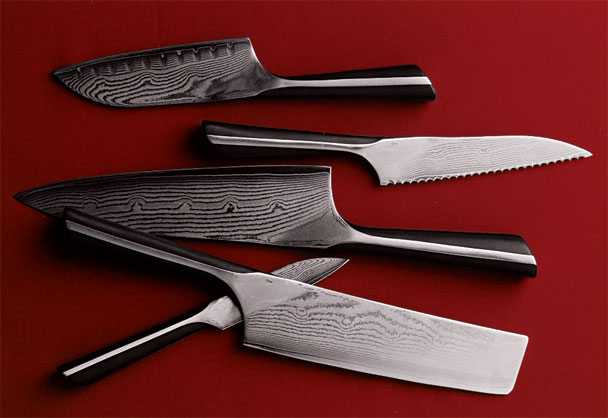I bought some lamb shanks the other day, knowing there was a recipe for them in Fergus Henderson’s Nose to Tail Eating, one of my favorite cookbooks. I’d made the dish once before and knew it was very good, but it had been some time ago, and I’d forgotten most of the detail. I got home, turned to the book and found these depressing words in the recipe, “marinate for at least two days.” I’d rather wanted to have them that evening.
And I began to think about other depressing or baffling, defeating or completely unreasonable instructions that appear in recipes. Of course there’s the apocryphal “first catch your hare” attributed to both Mrs. Beeton and Hannah Glasse although actually found in neither, and there’s the perfectly genuine “take a buttock of beefe” from The Queen’s Closet Opened, of 1655. But you don’t have to look nearly that far afield.
My overwhelming pet hate is any recipe that begins “Have your butcher ...” and then describes some process that no butcher I’ve ever met would in a million years be prepared to do: “& burn any additional hair from the pigs ears with a torch” for instance, and I just found this one at Foodista.com, “Have your butcher prepare the crown roast from two racks of loin lamb chops tied together in a circle. Have the bone ends Frenched.” Yeah, right.
This stuff often goes along with the command, “make friends with your butcher,” but it seems to me that butchers are wise to this befriending business. They don’t want to become the pal of some would-be hipster chef with ideas above his station who’ll suddenly expect them to do a lot of extra work. Butchers are understandably slow to embrace new, mercenary friendships. Who wouldn’t be? I think it’s probably best to start by making friends with the lady in the supermarket who slices the bread and work your way up.
The instruction “make in the usual way” is one of those deceptively difficult instructions. It sounds reasonable enough, and it’s fine if it’s referring to, say, potatoes, but what if you don’t have a usual way, as with—to take a random example—sauce Grand-Venour? OK, that isn’t really a random example. It’s one of the most inscrutable recipes in my copy of Modern French Cookery by H-P Pellaprat: it runs, “make a light sauce Poivrade and thicken with a few tablespoons of hare’s blood.” If only I knew how to make a sauce Poivrade, and had some hare’s blood on hand.
In truth, hare’s blood is only one of the ingredients I just never seem to have at hand. Demands for brewer’s yeast or ghee, chestnut flour or Sichuan pepper will also tend to throw me. The line “take a pig’s caul” used to throw me too, but then I found a place to buy cauls and now I keep one in the freezer, y’know, just in case.
But having the ingredients is only the start. There’s also the question of whether you’ve mastered the techniques for dealing with them. Being told to make a clear consommé is a problem if you can’t make and clarify a stock. Now, I reckon I can make a decent stock, and I have been known to successfully make clarified stocks using egg whites and egg shells, but it’s not something I’d want to take on lightly.
My kitchen skills show all the inevitable patchiness of the enthusiastic, untrained amateur. Marinating a piece of meat (a la Fergus Henderson) is fine, but larding it sounds a little excessive. I’ll happily take on a recipe that requires the bufferflying of a fish, but I balk at one that involves cooking en papillote. Baking fish inside parchment or foil sounds like an excellent idea and it certainly doesn’t sound very hard, but whenever I do it I finish up with a bag or wet gray, fishy mess. I generally stick to frying or broiling my fish, and occasionally to poaching, because it gives me a chance to use my fish kettle.



 Pinterest
Pinterest


